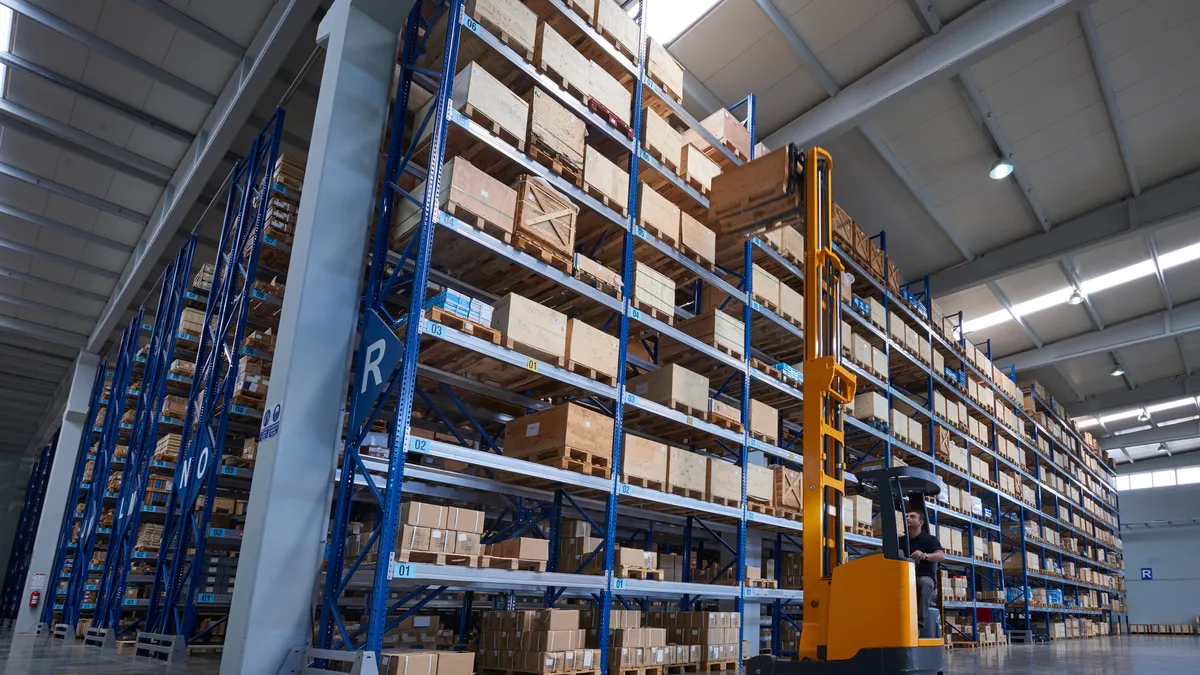Dive Brief:
- An economic "reversal or fortunes," with respect to goods-producing and service sector job growth, has occurred within U.S. small towns and rural areas during the first half of 2018, according to researchers at the Brookings Institution.
- While the majority of job growth has continued to take place in the U.S.'s largest metropolitan areas, employment growth rates in smaller communities have outpaced both the national rate as well as the rates of all other community types. Mining and logging industries have contributed to this growth thanks to exploration, prospecting and other segments, but high-percentage job increases also came from goods-producing and manufacturing businesses, according to Brookings data.
- E-commerce is another contributor: cities like Campbellsville, Kentucky, and Ottawa, Kansas, had more than 10% of residents who worked at e-commerce distribution centers alone in 2016, Axios reported. But positive growth may be hurt by "smaller communities' education deficits, shortages of digital skills, and specialization in the types of rote jobs that will be most susceptible to automation and globalization," Brookings experts said.
Dive Insight:
The data presented by Brookings is one of many side effects precipitated by the fact that job growth has continued at a measured pace in 2018. The trend coincides with general positive economic growth measures and relatively higher wage growth in August, according to recent data. But as Brookings contends, there's a larger story at play.
Specifically, emerging technologies and robotics are a persistent part of the job growth conversation, but the effects of automation in particular may be more complex than the simple "job replacement" narrative familiar to many. While technology will undoubtedly replace some jobs in the near-future, preliminary research indicates that manufacturing jobs in particular may see redefinition rather than outright elimination. That said, a June ABI Research survey of manufacturers found 47% had deployed or reviewed robotics solutions, while 35% had done the same for artificial intelligence.
Employers aren't sleeping on the issue. Many have had to readjust hiring plans in order to account for a changing need in skills, with the vast majority in a recent ManpowerGroup report indicating that automation would lead them to maintain or increase headcount. Skills gaps have also led some to consider non-traditional work arrangements like bringing in freelancers and temp workers to obtain the skills needed for the company's work. In the rural markets measured by Brookings, manufacturers have turned to creative perks and benefits — like onsite daycare — to keep talent away from metropolitan markets.
Still, the issue of training is central to preventing a major workforce disruption by automation, particularly in rural areas with skills deficits. Private employers can increase training efforts to account for the deficit, though government action and education reform may be needed to solve the problem on a wide scale. Employers may welcome efforts like the White House's recent "Pledge to America's Workers," but experts told HR Dive that won't be nearly enough on its own to prepare for coming change.














